When someone makes the decision to become a survivalist or prepper, one of the first actions they typically take is to purchase some basic gear.
Buying some neat gadgets is easier and less time consuming than learning a new skill, so this is the direction most people take.
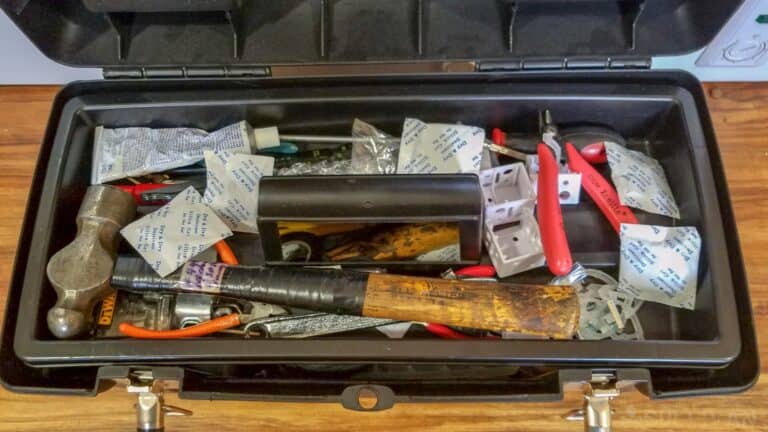
There is nothing wrong with that. Whatever action gets you started is the best action to take. However, the choices can be daunting.
With each piece of gear you have dozens of sizes, weights, price points, functions, and brands to choose from. How do you know what to buy? The best option is to rely on the experience of others.
In this article I want to cover some of the most difficult decisions you will make on gear purchases. I really do not care to get into brands in detail because there are many that I have not personally tried.
These recommendations will be from personal experience, and will be more geared towards the style or model type that works best. Hopefully this will make your decisions less difficult.
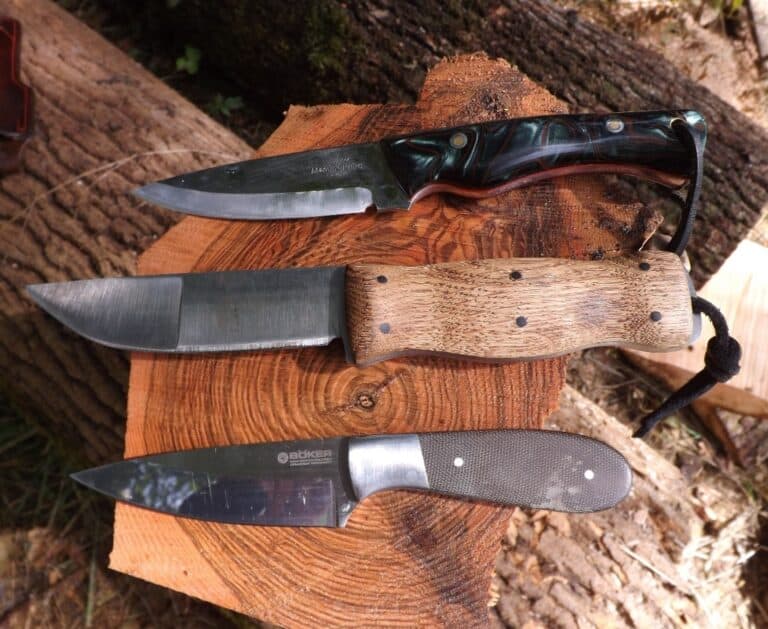
Best Survival Knives
In my opinion the single most important survival tool you can own is a good knife. With enough training, survivalists can walk into the wilderness with nothing but their handy knife and walk out weeks later.
However, there are so many choices that it can make your head explode. You can spend anywhere from $5 to $200 on a good knife and there are hundreds of styles and sizes. Here are a few pointers to help you choose the right one.
First we can talk about the essentials. You can have a folding knife as your backup, but your primary knife needs to be a fixed blade knife. There are too many ways you can have issues with a folding blade.
Also, it needs to be a full tang knife. This means that the blade runs from the tip through the handle with one piece of continuous steel. It needs to have a thick sheath that you can put on your belt to keep it handy.
Aside from these essential factors, the rest is more of a personal preference. High carbon steel is always a good idea so that you can use it with a ferro rod to start fires. As for the style and shape of the blade, each one is a bit different.
The one I use the most is a thick rounded blade with a gut hook on the end. It is great for skinning and gutting deer.
However, I have recently started leaning towards a longer, heavier blade without the gut hook that is better for chopping at wood.
You definitely do not want a two sided blade. This weakens the blade too much for survival purposes.
You should find a knife with a blade somewhere between three and seven inches long. Smaller than that will break easily and longer than that will not work for any cutting that requires finesse.
The blade needs to be good for butchering game, carving wood, chopping branches, cutting cordage, self-defense, first aid, and splitting logs. If you want to use one knife for everything, a six to seven inch blade is ideal.
There is no need to spend hundreds of dollars. You can get a perfectly good knife for $30-$60 if you shop around and read customer reviews. When you get your knife, check how it feels in your hand.
If it tries to slip out or hurts your hand in any way, take it back. If you try chopping at wood and it twists in your hand, take it back. It is important to get it right when you settle on a knife.
If you’re looking for knife recommendations, we have several other lists:
- best knives for EDC
- best knives for bushcraft
- best boot knives
- best survival knives for general purposes
Other Bladed Tools
Another rigorously debated topic is the array of cutting tools you can buy other than a knife. This includes axes, hatchets, folding saws, machetes, frame saws, and chain style hand saws.
The use of these items will really come down to your environment. If you live in a tropical environment with lots of bamboo and thick vegetation, the machete is the obvious choice.
However, if you live in an area with more of a typical forest or desert environment the choice gets tougher. A full-sized axe is quite heavy and will wear you out if you are not used to it.
I would only purchase one if you will need to build a cabin-like structure, and drop large trees. If your main function will be stripping branches off of smaller poles or dropping trees a few inches across, the hatchet is a good choice.
It is perfect for stripping branches and makes short work of anything up to about three inches thick.
If your main function will be to cut thicker trees and then cut them up into smaller pieces for fire wood, one of the saws may work best. The folding saw is smaller and can only handle wood about 4-6 inches thick.
The frame saw takes up more space but can handle wood over 12 inches thick. Chain style hand saws work fine on smaller wood, but they break easily and I do not trust them. I actually have a hatchet with a small saw hidden in the handle that I use most often.
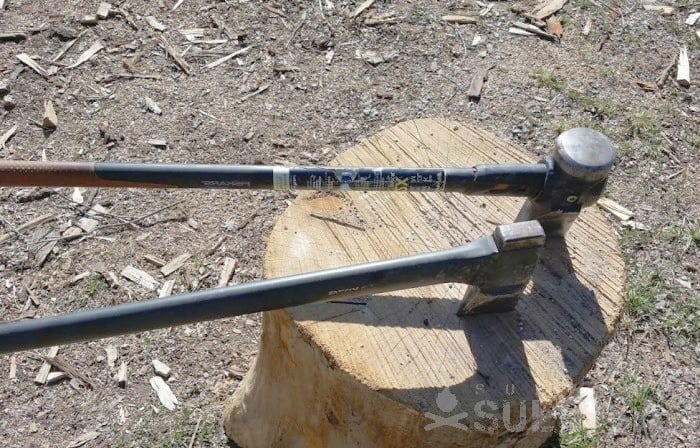
The axe will be the most expensive option and also the heaviest to carry. I am not a big fan. Hatchets, folding saws, and frame saws all cost about the same. Be sure not to purchase a tomahawk-style hatchet.
They are not nearly as functional. I spent about $30-$50 on each of these items and am very happy with the quality. I carry the hatchet most often.
Disclosure: This post has links to 3rd party websites, so I may get a commission if you buy through those links. Survival Sullivan is a participant in the Amazon Services LLC Associates Program. As an Amazon Associate, I earn from qualifying purchases. See my full disclosure for more.
Below are links to the bladed tools I own:
Water Purification
When you start shopping, there are lots of ways to purify water. I always suggest having several methods by which to prepare water, but some are more functional than others.
There are straw style filters, bottles with built in filters, large tank purifiers, iodine tablets, bleach, and you can always just bring a pot to boil the water. All are worth considering, but I have my favorites.
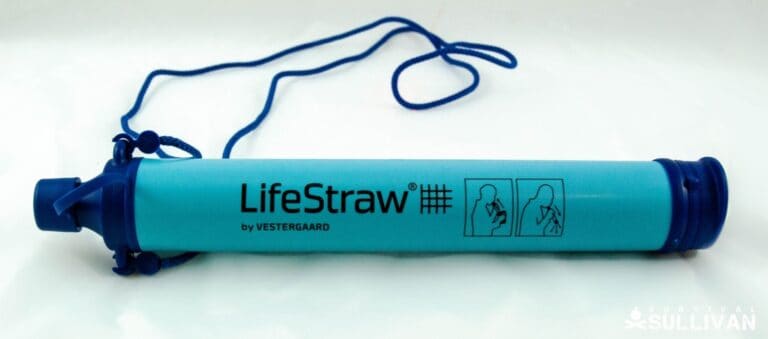
Straw style filters are very popular and I have one myself. They are small and inexpensive. However, keep in mind that you have to lay down on the ground to use it.
Also, it can be hard to draw water through the straw. I have actually gotten sores on the inside of my mouth from the suction. Iodine tablets are cheap, but it takes 30 minutes for your water to be ready and it does not help with sediment.
Bringing a small bottle of bleach is fine, but if you spring a leak it can ruin other gear. It is also not very healthy to use regularly. Boiling is great, but it requires building a fire.
It also takes some time and bringing a pot in your pack can add bulk and weight. That being said, boiling is always your safest bet.
Large tank systems are really needed if you are purifying water for a large group of people. However they are very expensive and take up a great deal of space.
By far my favorite option is a steel water bottle with a filter built into the lid. This allows you to bring a small amount of water with you and you do not have to get down on the ground.
It is easy to drink through the mouthpiece and mine has a paracord lanyard that I can clip on my belt. It cost me about $40 so it is middle of the road on cost. I feel it is the best option.
Here are the purification products I own:
- Lifestraw Mission High Gravity Fed Purifier
- Sawyer Mini Filtration System
- Potable Aqua Iodine Tablets
- Survivor Filter Straw Filter
Fire-Starters
When looking to purchase survival gear, starting fires is pretty high on the list. However, there are dozens of products you can purchase to help you start and build a fire.
To make a decision you must first choose an ignition source and then a tinder source.
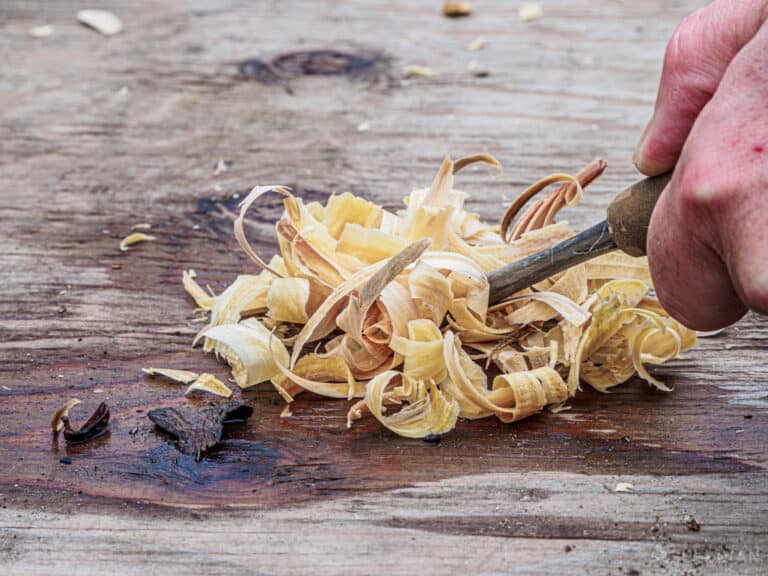
Some people plan to find tinder in nature, but that is not always easy. If you are in a rainy or tropical climate it may be impossible to find dry tinder, so fire assistance products are a good idea.
For ignition sources you have disposable lighters, refillable lighters, electric lighters, windproof matches, waterproof matches, and paper matches.
If you want to go more primitive you have bow drill kits, and hand drill kits. You can also start fire with fire lenses or with potassium permanganate. These items can range from a few cents to around $40.
There are two primary ignition sources that I think are worth packing. One is a ferro rod. This device can produce sparks over and over for years and even works when wet.
The other item I suggest is a zippo style lighter. When filled you can get a windproof flame for several weeks. It can also be refilled with several different flammable liquids so its function lasts and lasts.
As for fire assistance products you have char cloth, Vaseline cotton balls, live fire, fire cubes, and fire sticks. All of them serve a purpose, but fire cubes and fire sticks seem to be the most useful.
Fire cubes allow you to shave a pile of the waxy substance and light it with one spark. If you place a chunk on top it will stay lit for several minutes even in wet or windy conditions.
Fire sticks will not take a spark, but they can replace kindling in wet weather. Just get one lit with a flame and it will stay lit for 20 minutes in any conditions.
Here are the fire-starting products that I own and use:
Weapons
Finally we come to the fun stuff. Every good survivalist is just itching to go out and buy a weapon for hunting or self-defense. This can be one of your most expensive items, so picking the right one is important.
You can choose from shotguns, rifles, handguns, bows, crossbows, blowguns, slingshots, and atl-atls. The right choice could help you supply food for years or help you defend against attackers.
When it comes to firearms you can spend anywhere from a few hundred dollars to several thousand. The right choice really comes down to your intentions for the weapon.
If you want something small that can be concealed, a handgun is the obvious choice. Aside from that scenario, I suggest a good shotgun.
You can use small shot for hunting small game, larger shot for turkeys and geese, slugs for large game, and buckshot for self-defense.
I have a semi-automatic 12 gauge that anybody in my family is comfortable using, and it has a range from a few feet up to about 100 yards.
For more primitive weapons it again comes down to your intentions. However, there is one obvious choice in my opinion.
The crossbow is silent, powerful, and accurate even at long distances. It lightweight and easier to carry than a traditional bow.
You can be accurate up to about 60 yards and can shoot small game, large game, birds, or even fish. I bought mine new for about $125, so a crossbow does not have to break the bank.
Here are a few of the weapons I own:
- Recurve Crossbow
- Compound Bow
- Glock 17 handgun
- Franchi 12 gauge Semi Auto Shotgun
Other
There are a few random items that you may want to consider getting for survival situations.
I do not use tents on my survival challenges, but I do use them when hunting or camping. Having a good small, one person tent could really help in a survival situation.
The one that I have is only a few inches wide when bundled in my pack and weighs next to nothing. Remember that you are trying to retain body heat and block the wind, so smaller is better.
- 4 season tent
A warm sleeping bag is probably the best way to stay warm overnight in the winter. Again, I do not use one on my survival challenges, but I always have one when hunting or camping.
It is suggested that you purchase one that is rated 30 degrees colder than the temps you expect. The one I use is warm even in sub-zero temperatures and weighs very little.
If it is warmer outside, a hammock may be the best bet. These are quick to set up, come with mosquito netting, and are super comfortable.
It is a great way to get up off the ground and works perfectly if you want set up and break down to move quickly.
Remember that there is no insulation underneath your body. Get an under blanket if you are worried about the cold.
Insulating yourself from the ground is one of the most important principles to follow when trying to survive. A good sleeping mat can help greatly with that and can make your bed much more comfortable.
After doing hours of research I found one that is both inflatable and insulated. It is small and lightweight but really helps when I’m camping.
When you are deep in the woods with no cellular signal, a satellite based GPS can save your hide. I tend to rely on more primitive means of navigation, but I always take my GPS if I am going deep into the wilderness in an area I have never visited before.
I bought mine used, and it works well to plot several points and help me get where I am headed.
Wrap-Up
Hopefully this article has made some of your decisions easier. If can be frustrating and time consuming to pour over reviews and try to decide what gear to purchase.
Doing your research is still a good idea, but do not be afraid to ask around. Some of us have been interested in survival for decades and have volumes of knowledge to share.
Keep in mind that knowledge is always more important than the latest gadget. Learn as much as you can and you will often be fine no matter what gear you have. That being said, having a few good toys never hurts.
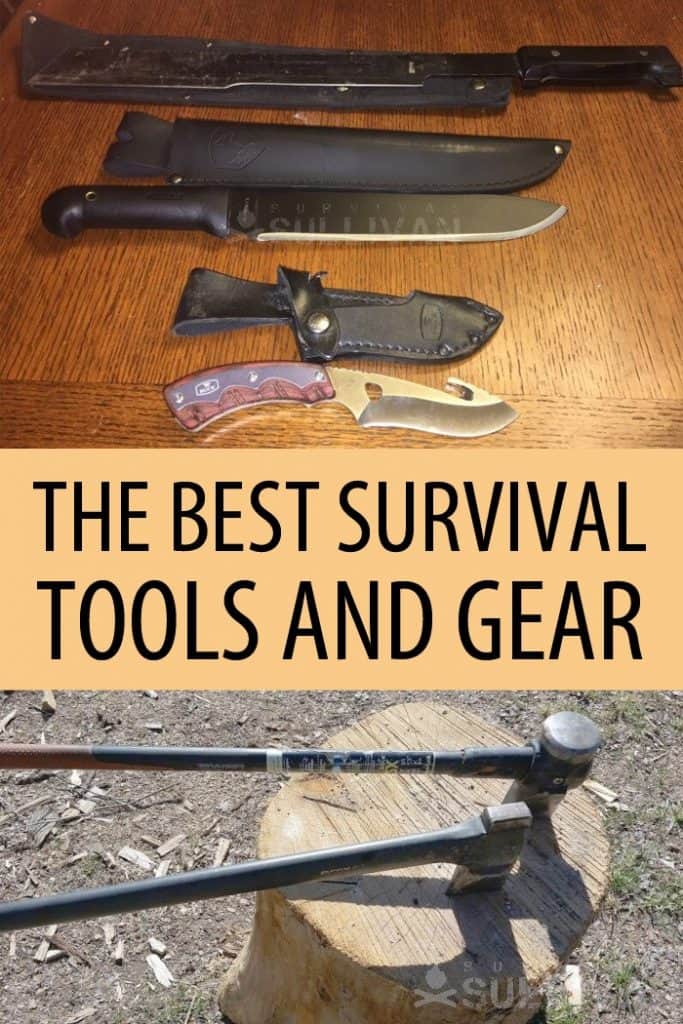

My name is Ryan Dotson and I am a survivalist, prepper, writer, and photographer. I grew up in the Ozark Mountains and in the foothills of the Pocono Mountains. My interest in survival started when I was in Boy Scouts and continued as my father, uncle, and grandfather taught me to hunt and fish. In the last few years I have started taking on survival challenges and have started writing about my experiences. I currently live in Mid-Missouri with my wife Lauren and three year old son Andrew.

Instead of a zippo I prefer having several Bic lighters. The amount of lights you get are many more times than a full zippo has. I keep long burn matches as well.
I guess you could use your zippo as a signal device if you have a shiny stainless one.
Though heavier, the Estwing Backpacker’s Axe is still the most durable on the market. No need to worry about cracking or splitting the handle. Much more durable than any hickory or fiberglass handle. It will outlast the purchaser.
Totally agree, Evan. Zippo lighters weigh next to nothing and offer superb reliability. Waterproofing is easy with a ziplock bag and you can keep some tinder in there too.
Very helpful. Thank you!